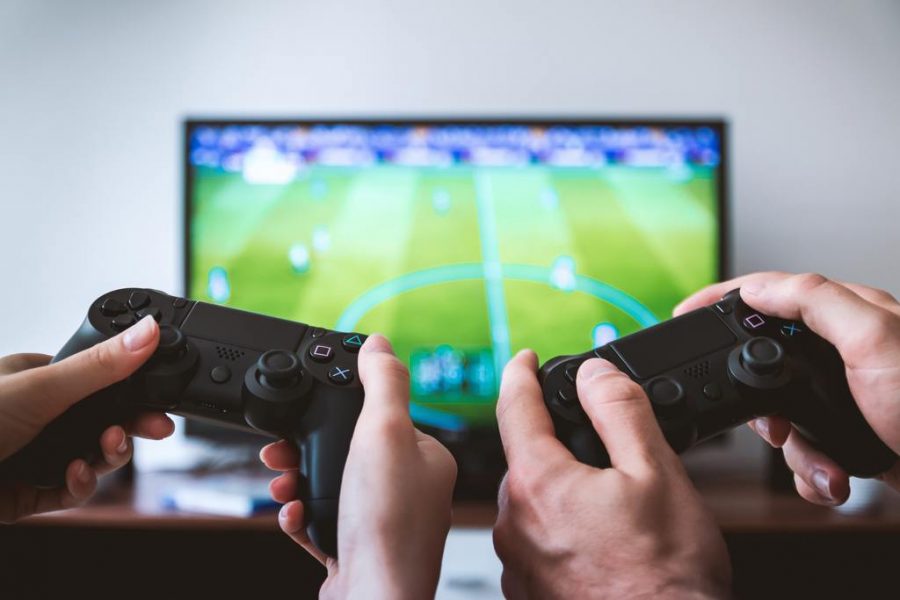Should Video Games Really Be on Our Holiday Shopping Lists for Kids and Teens?
30,000,000 is an impressive number on any scale. This number represents the individuals in the U.S. alone that play video games. The average person plays around 20 hours a week, while others play 50. The total hours is the equivalent of a part-time or full-time job position!
The population of America has consistently had to battle obesity in recent times. The majority of that label is due to unhealthy lifestyle decisions. Weight gain, depression, isolation, a decline in hygiene, aggressive behavior, eye strain, stress, and even suicidal thoughts are all linked to video game addiction.
Weight gain is due to the sedentary lifestyle. The decline in activity places the population at a higher risk for developing coronary artery disease (CAD) and complications associated with obesity.
Depression and isolation can go hand in hand. In developing an addiction to video games, one’s social life begins to suffer. They become detached from the world and unable to establish relationships with people. Feeling uncomfortable around crowds becomes more prevalent and makes them transition to isolation.
Eye strains can develop into glaucoma or chronic migraines from staring at television screens, cell phones, or computers for hours on end.
While it’s easy to see the physical effects that video game addiction has on individuals, what goes unnoticed is the mental. Now with that being said, everything is great in moderation, but addiction to video games is an illness.
According to the World Health Organization (WHO), video game addiction has officially been added to the list of mental illnesses. With any addiction, you have multiple groups, such as compulsive addicts, impulsive addicts, emotional addicts, anxious, and impulsive-compulsive addicts.
All of these groups have their unique behavioral triggers. The word “addict” can be undermined, especially when it comes to video games. Belittling the severity of the disease is part of the problem that we continue to combat this very day.
Studies correlate that individuals who are addicted to video games tend to have strained relationships with their parents and peers. Research also shows that the more time spent playing video games, the higher the tendency to show aggression in their daily lives.
Video games have been brought back into the media now due to the argument of them contributing to the increased violence in our community. Politicians and researchers are trying to shed light on a possible link between the increase in mass shootings and violent video games. Currently, there is no proven evidence that violent video games are the result of mass shootings.
The violent behavior that we see undergoing such a sharp incline can be due to many factors. As stated by the Michigan Youth Violence Prevention Center, factors such as environment, parenting, peers, and individual behavioral traits can all lead to aggressive outbursts.
So, blaming the entirety of mass shootings on violent video games alone doesn’t seem practical.
Now with anything, moderation is the key!
Having a balance between social life, work, studying, and playing video games has shown some benefits. Research has linked that individuals who casually play video games have an increase in motor skills, creativity, and cognitive reasoning.
Studies have even been conducted to help relieve post-traumatic stress disorder (PTSD) and treat phobias through video games.
Youth can express their creative imaginations and build items of grandeur in video games. Or on the other end of the spectrum, you have adolescents who experience a sense of nostalgia playing as one of their sports heroes.
Overall, we have to see the problems of excessive video gameplay. As an era of millennials, we have become devoted to an age obsessed with technology and convenience. While video games do provide a means of escape and distress, remember that it is pivotal for us all to find a balance.











